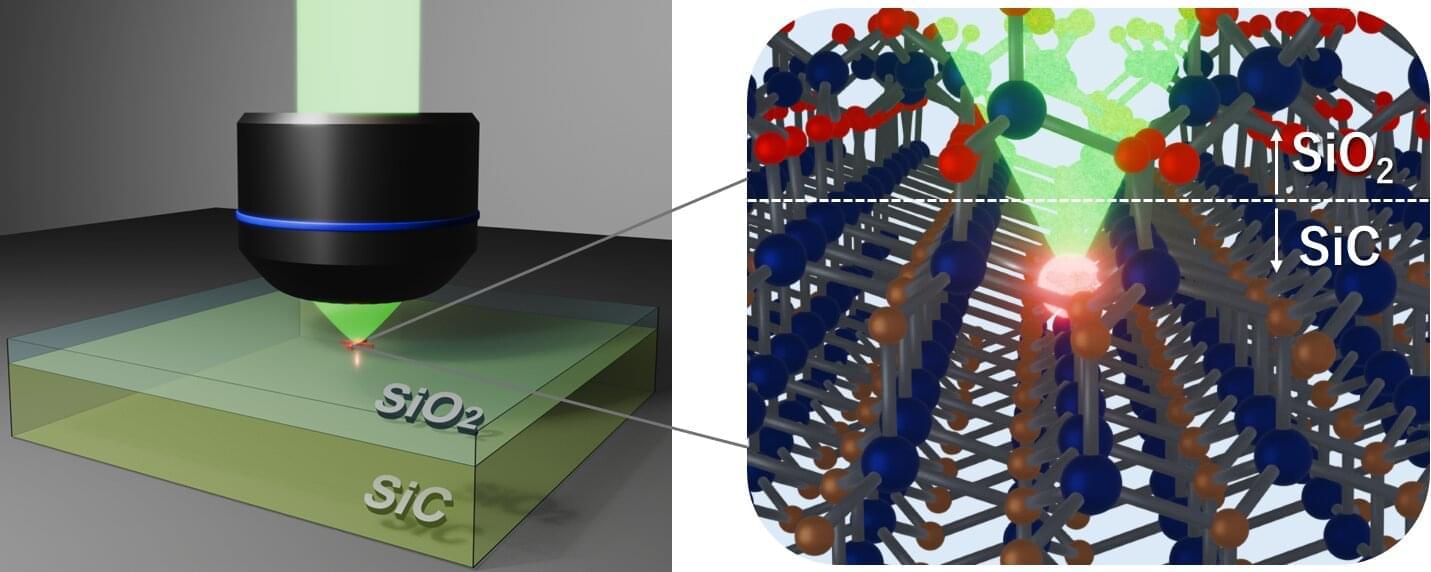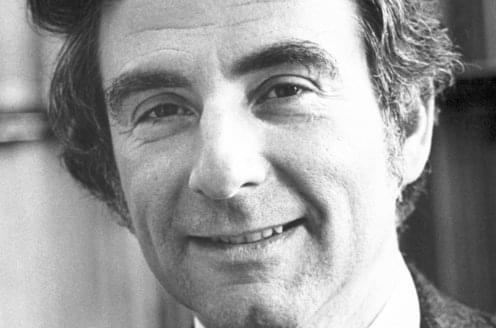A study led by UMass Chan Medical School researchers has demonstrated that a gene therapy to correct a mutation that causes maple syrup urine disease (MSUD) prevented newborn death, normalized growth, restored coordinated expression of the affected genes and stabilized biomarkers in a calf as well as in mice.
“Simply put, we believe the gene therapy demonstrated in both animal species, especially in the cow, very well showcases the therapeutic potential for MSUD, in part because the diseased cow, without treatment, has a very similar metabolic profile as the patients,” said Dan Wang, Ph.D., assistant professor of genetic & cellular medicine.
Dr. Wang is co-principal investigator with Heather Gray-Edwards, DVM, Ph.D., assistant professor of genetic & cellular medicine; Guangping Gao, Ph.D., the Penelope Booth Rockwell Chair in Biomedical Research, director of the Horae Gene Therapy Center, director of the Li Weibo Institute for Rare Diseases Research and chair and professor of genetic & cellular medicine; and Kevin Strauss, MD, adjunct professor of pediatrics and head of therapeutic development at the Clinic for Special Children in Gordonville, Pennsylvania.









